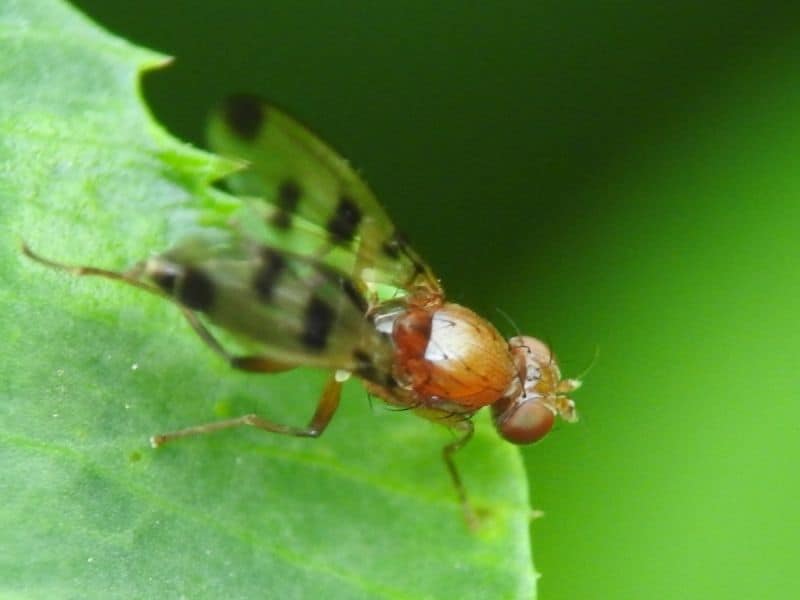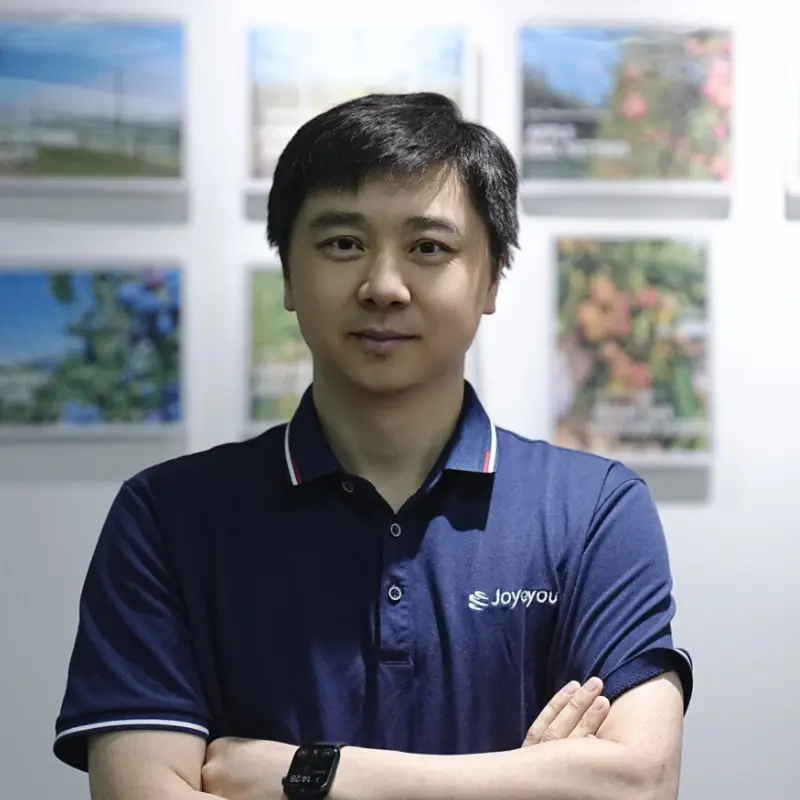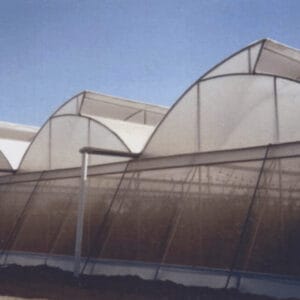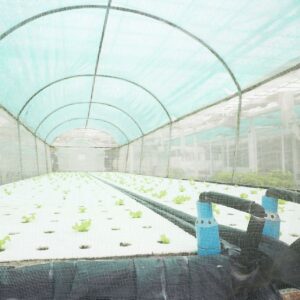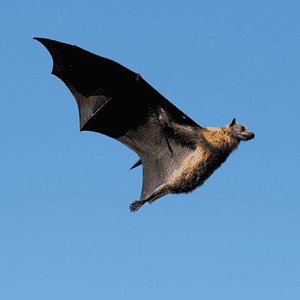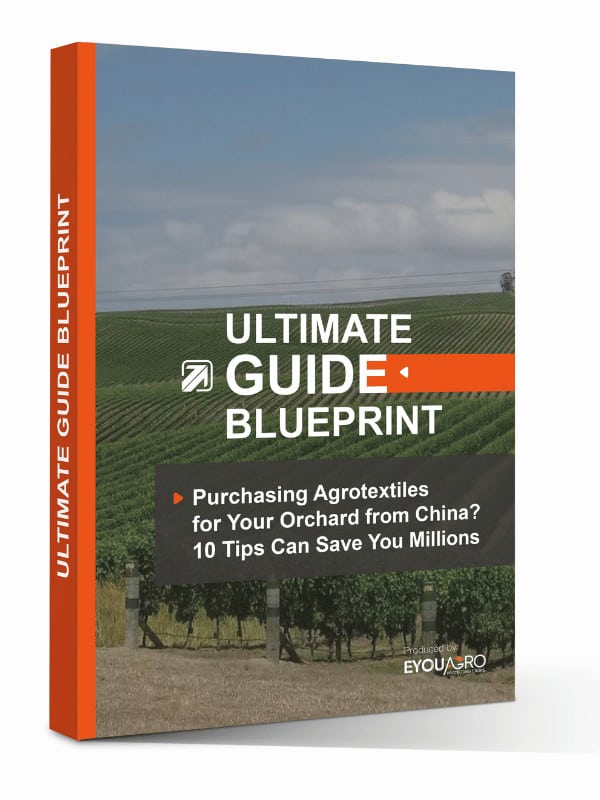Cherries are faced with numerous insect pests. The most common of these is the fruit fly Drosophila suzukii or the spotted wing drosophila. This type of insect is a nightmare to cherry growers.
They cause huge damage to orchards, increasing costs – use of pesticides and rejected fruits post-harvest. You should then find ways of defending your orchard at a reasonable cost for yourself, and the environment.
Here is how you can protect your cherries from fruit flies to improve production.
What is Cherry Fruit Fly?
The adult cherry fruit fly resembles a common housefly, however, it is far smaller. The length of the spotted-wing drosophila ranges from 1/16 to 1/8 inches. It has a brown body with red eyes and black stripes running along the middle.
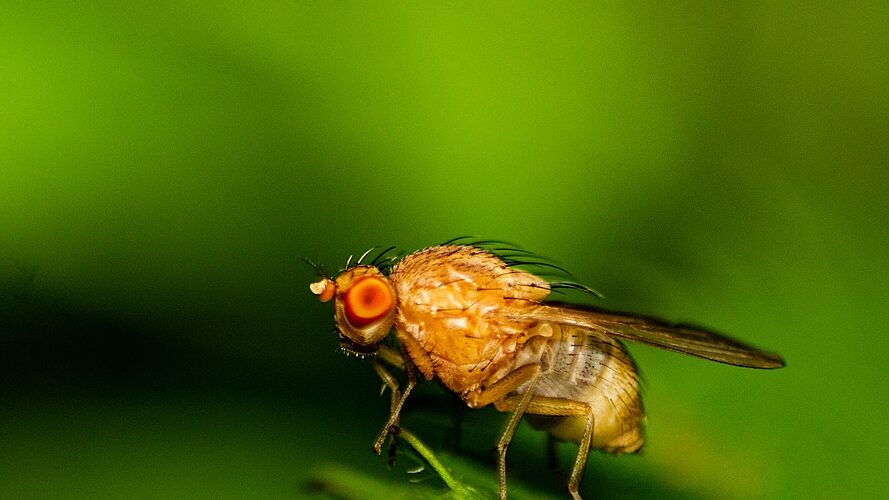
Fruit flies are named from the black patches on the tips of the males’ wings.
What are the Signs of Affected Cherry?
Infested fruits have a normal appearance until maggots are grown. Your cherry fruits will show discolored punctures visible on cherry skins. The cherry damage appears as:
- Sunken Shriveled areas
- Larvae inside when cut open
- Infested fruits rot
- Fall off
What Trigger the Damage
Female Cherry flies lay their eggs under the skin of ripening cherry fruits in large numbers. The whitish larvae begin to burrow towards the pit after hatching. They will then feed for up to three weeks.
They then puncture the fruit’s skin and drop to the ground, where they pupate. There is only one generation every year, and the orchards are infested during the hot and dry summers. These parasites have begun to devour the fruit from the inside out, causing damage to ripe cherries.
Role of Insect Netting in Cherry Growing
Insect netting protects your trees from fruit flies and moths. Studies by research gate show a decrease in damage when using the net. Other benefits of netting include
- Pest Control – Insects and pests are kept out of your orchard.
- Disease Control – Insects can carry diseases that can harm your crops. This bug will be blocked by the net, and your crops will be disease-free.
- Temperature, Soil, and Humidity Control – Your crops will not be harmed by adverse weather.
- Winds, heavy rain, and hailstones are all protected by the net. Even delicate crops like cabbages and greens benefit from this.
- Sunlight is blocked by the net, which creates a shady impression in your garden. Because it allows less sunlight to pass through.
- Reduce pesticide use – Using insecticides on your crops is harmful to the environment.
You can install a complete cover that includes anti-rain and anti-insect netting to protect from Drosophila Suzuki and other parasites.
You can use 40 mesh insect netting. The net will protect your orchards from fruit flies. A plastic anti-rain film is installed above the net to protect the trees from heavy rains causing cracking on the fruits.
The finer mesh netting is called insect exclusion netting. The very fine mesh of insect exclusion netting prevents branches poking through or growing through the holes, so the netting drapes easily over cherry trees. Once your cherry flowers start turning into fruit, then you began netting!
The single row netting system will bring a great economical advantage due to the following factors:
- Very low use of pesticides
- Lower use of fungicides
- Less working hours per ha
- Protection against rain, wind, frost, birds, sand
- Possibility of biological farming
Material And Structure of the Insect Netting
The mesh insect netting has a woven construction and is constructed of High-Density Polyethylene (HDPE). UV protection is also provided by the net material. The UV-stabilized netting protects your garden from harmful UV radiation while allowing adequate air movement.
Aside from UV protection, the net is lightweight. This is to make the installation process in your yard go more smoothly. You can do it yourself and put it in your orchard.
The structure of the net is woven. It’s made of a strong monofilament that gives it considerable tensile strength. When sliced, the weaving resists unraveling. Shade proportion and mesh density are taken into account when weaving. As a result of this structure, your garden will have maximum air circulation.
Installing Insect Netting
You can install your insect netting in walk-in tunnels or build a complete netting enclosure around the whole orchard
Unfold the net or if using last year untangle. It will unfold easily. Ensure you leave no openings or gaps in the netting. Fix your insect netting on the ground with weights such as blocks, bricks, or wood. You should avoid tearing the net during the installation.
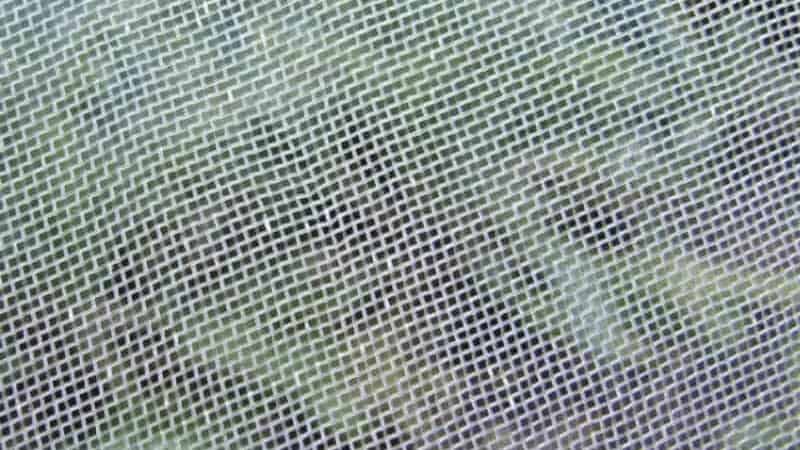
Other Preventive Measures
You can combine the netting with the following messages for effective protection
Harvest Your Cherries Early
Spotted-wing drosophila goes after ripened cherries. Check your cherry often and remove the cherries that are ripening to deter the fruit flies from landing on your orchard.
Prevent the Fruit from Returning to Your Cherry Trees
The following year covers the ground around the cherry trees with mulch. This prevents the larvae from burrowing down into the soil. Hence it will not proceed to the next stage of its development. You’ll also need to keep your orchard clean by removing any cherries that fall to the ground.
Control with Chemical Insecticides
Spinosad and malathion are both effective; however, malathion also kills bees and other insects that may be in the area. Use a compressed-air sprayer to administer the insecticide, being sure to follow all of the packaging instructions.
Conclusion
You will agree with us that protecting your cherries from flies is easy. We are confident that if you insect netting your cherries will continue to thrive and give you maximum yields.
Eyouagro design, manufacture and install quality netting for orchards all over the world. Our brand also provides a warranty to customers when they buy netting products and accessories. Thanks to our logistics department we are very competitive in all the markets and pricing.
Please, kindly visit our Eyouagro website or send inquiries at info@eyouagro.com to fill your orders.

